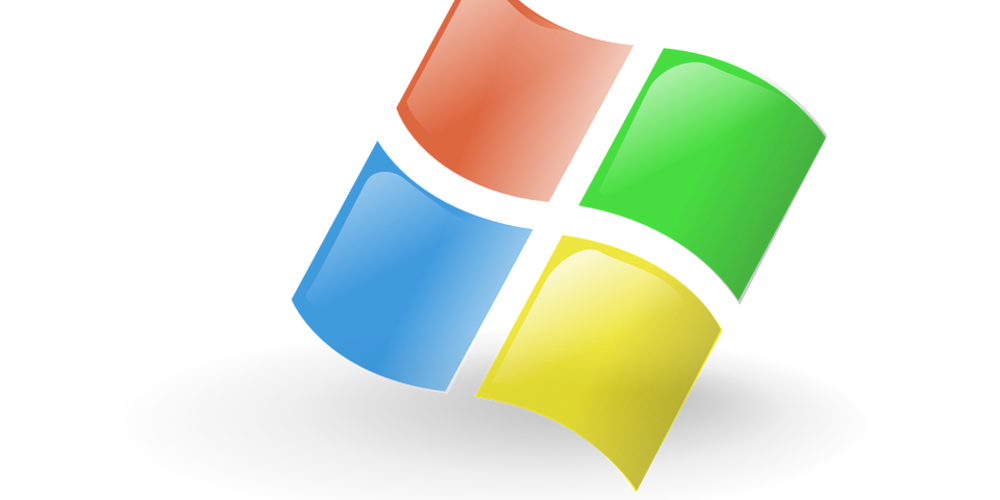Microsoft's Email Key Theft
- Sep 10, 2023
- 487

The cybersecurity world was taken by surprise earlier this year when Microsoft reported that its consumer email signing key had been stolen. A group of hackers backed by China, known as Storm-0558, was the culprit behind this grand-scale cyber heist. This key was a significant asset, granting the hackers broad access to Microsoft-hosted email accounts of numerous U.S. government officials. The precise mechanism of this key theft remained an enigma until this week when Microsoft divulged a series of unfortunate mishaps that led to this incident.
In April 2021, a system involved in the consumer key signing process broke down. As the standard procedure dictates, Microsoft created a snapshot image of the system to analyze later. This system was kept in a highly secure and isolated environment to avert potential cyber threats. However, the snapshot image inadvertently contained the consumer signing key. Alarmingly, Microsoft's system failed to recognize the presence of this key in the snapshot.
Adding to the sequence of unfortunate events, the snapshot image was moved to Microsoft's internet-connected corporate network for debugging, still harboring the unnoticed key. The Storm-0558 hackers took advantage of this oversight and managed to compromise a Microsoft engineer's corporate account, gaining access to the debugging environment and, consequently, the key. Although Microsoft admits that it's uncertain about the key theft's exact mechanism, the company believes this to be the most probable route.
The stolen consumer signing key was then exploited to gain access to numerous corporate and enterprise email accounts, including those of several organizations and government departments. This was possible due to a flaw in Microsoft's email systems that failed to validate the key properly. As a result, the system accepted a request for enterprise email using a security token signed with the consumer key.
The aftermath of this theft left vital questions unanswered, and the complete extent of the espionage campaign is yet to be revealed. The exact method employed by the hackers to invade Microsoft is still uncertain, though the company suggests that "token-stealing malware" could have been involved. Despite the state-of-the-art security and defenses in place, the breach is a stark reminder of the persistent threat posed by cybercriminals. The Cyber Security Review Board has since announced its intention to probe into the Microsoft email breach and conduct a broader review of issues related to cloud-based identity and authentication infrastructure. This incident underscores the continuous and significant challenges faced by even the most robust cybersecurity systems in the evolving landscape of cyber threats.